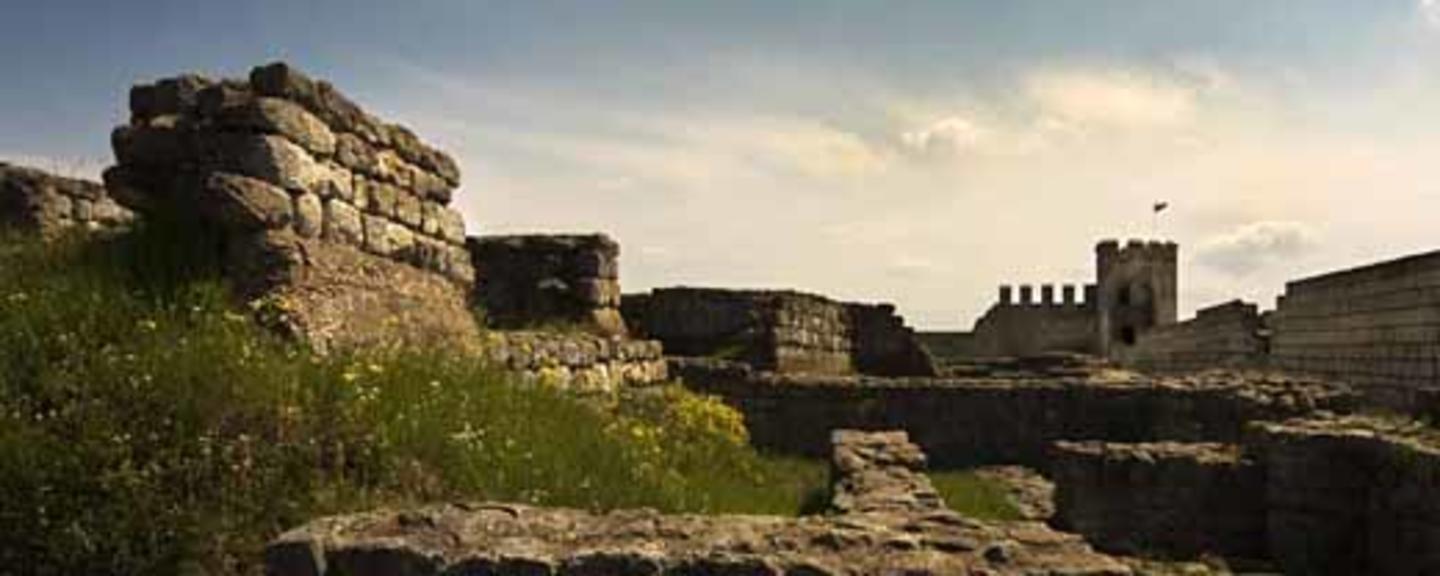The Shumen Fortress in eastern Bulgaria both encapsulates and symbolises much of the history of the Bulgarian nation. In eastern and central parts of Europe there is hardly any one locality where a nation’s history as a whole, through more than one thousand years, is concentrated to the same degree as in Shumen. The Fortress is today an historical and archaeological reserve, a national tourist site in the area of the Shumen Plateu Nature Park.
The restoration work of the huge Fortress has been painstakingly slow after all the battles and destructions it has faced. Excavations carried out since 1957 have uncovered a village dating back to the late Iron Age, and fortified in the Roman Era (1st century) by stone walls and battled towers. An Early Christian Church was founded as well. There are remains of rock monasteries and churches at the foot of the fortress. In the 1980s some reconstruction work was done.
With its churches, civil buildings and military fortifications, Shumen was, in effect, the cultural, military and strategic centre of Bulgaria as early as the late 800s. This was during a period when the Slavonic (Cyrillic) alphabet was invented and introduced in what was to become the Russian empire.
The project funded by the EEA and Norway Grants has a strong element of regional policy. The completed project will include restoration and conservation of the fortress walls, development of walking paths and turnstiles within the fortress complex, establishment of artistic lighting, improvement of tourist infrastructure and purchase of equipment for temperature and humidity control, publicity activities and project management.
Photo: Tamas Bujnovszky/Riksantikvaren
